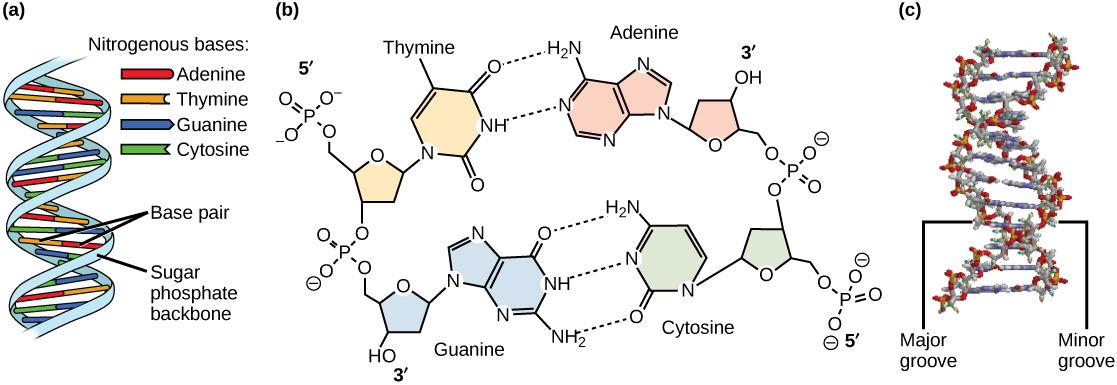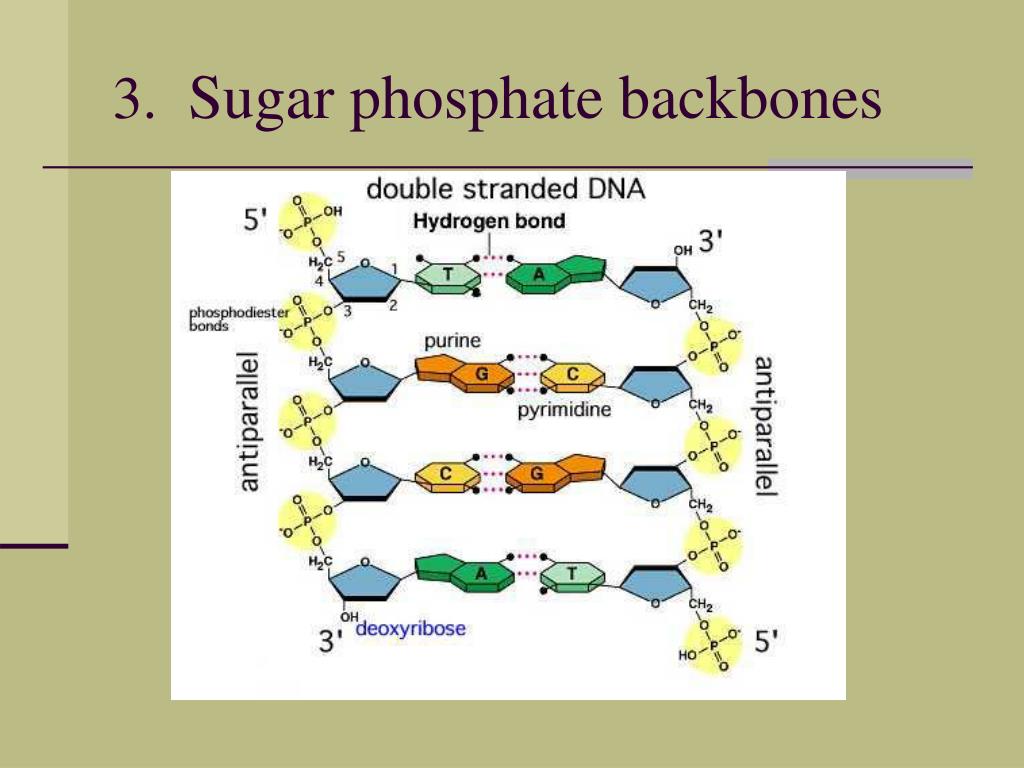

This splitting creates a Y shape with the 2 strands of DNA - this is known as a replication fork. An enzyme known as helicase is used to break the hydrogen bonds between the bases. This pulls apart the 2 phosphate backbone strands. The double helix separates through a process known as unzipping. This is a process where a cell makes an identical copy of its genome and then divides. This is an energy molecule that is part of the phosphate backbone and is used to link the DNA. This means that specific enzymes are required to break the bonds as it is very difficult to do.ĭuring DNA synthesis an ATP (adenosine triphosphate) molecule is created. The backbone links the nucleotides (base pairs) together in an incredibly stable format. Some of this non-coding DNA is transcribed into functional non-coding RNA such as transfer, ribosomal, and regulatory RNA. There are also areas known as scaffold attachment regions, which provide structure to the DNA chain. This DNA is also used to control the packaging of the DNA within cells. This helps to regulate when the proteins are synthesized in the body. The remaining 98% is known as non-coding DNA. These instructions for protein synthesis make up only 2% of the human genome. The other 3 are used to stop more amino acids from being added, and to signal the end of the protein chains. There are 64 separate codons in the body, but only 61 of these act as coding for amino acids. There are 20 different amino acids that the body can create, all of which are vital to the creation of proteins. This dictates which amino acid is created by the body during protein synthesis. Protein synthesisĮach section of 3 base pairs is known as a codon. The 5’ to 3’ strand is known as the sense strand, and the other the antisense strand. This is known as an antiparallel running direction. One side of the backbone will be 5’ to 3’, while the other is the opposite, 3’ to 5’. It always goes in the direction of 5’ to 3’. This dictates the direction of the elongation of the primer in DNA synthesis. Standard notation of DNA sequences is from 5’ to 3’ (5 prime to 3 prime). The base pairs are bonded together with hydrogen bonds. The order of these pairs dictates the genome’s characteristics. There are specific pairing patterns between these bases.Īdenine and thymine will always bond, and so will cytosine and guanine.
#Dna sugar phosphate backbone full
Their full names are adenine, cytosine, guanine, and thymine. The backbone is made intracellularly first, to hold the bases in the correct order. These alternate as phosphate groups cannot attach to one another and need the sugar to act as a glue. The phosphate backbone is created from alternating a sugar (the deoxyribose) with phosphate groups. This is then twisted to create the classic double helix shape that we all remember from our schooldays. This is held together by base pairs to form a kind of ladder shape. The genotype is determined by the sequence of bases.The structure of DNA is a double helix, formed of 2 strands of a phosphate backbone.

It is this base sequence which forms the genetic code. This creates the twisting double helix structure of DNA.Īll cells store their genetic information in the base sequence of DNA. The two strands of DNA are antiparallel which means that one strand runs in a 5’ to 3’ direction and the other runs in a 3’ to 5’ direction. the 3' end (said as "3 prime end") at the deoxyribose end.the 5' end (said as "5 prime end") at the phosphate end.These strong bonds form a sugar-phosphate backbone. These basic units are linked together to form strands by strong bonds between the deoxyribose sugar of one nucleotide and the phosphate of the next nucleotide. They always pair up in a particular way, called complementary base pairing: There are chemical cross-links between the two strands in DNA, formed by pairs of bases held together by hydrogen bonds. The nucleotides are identical except for the base, which can be one of four bases:


 0 kommentar(er)
0 kommentar(er)
